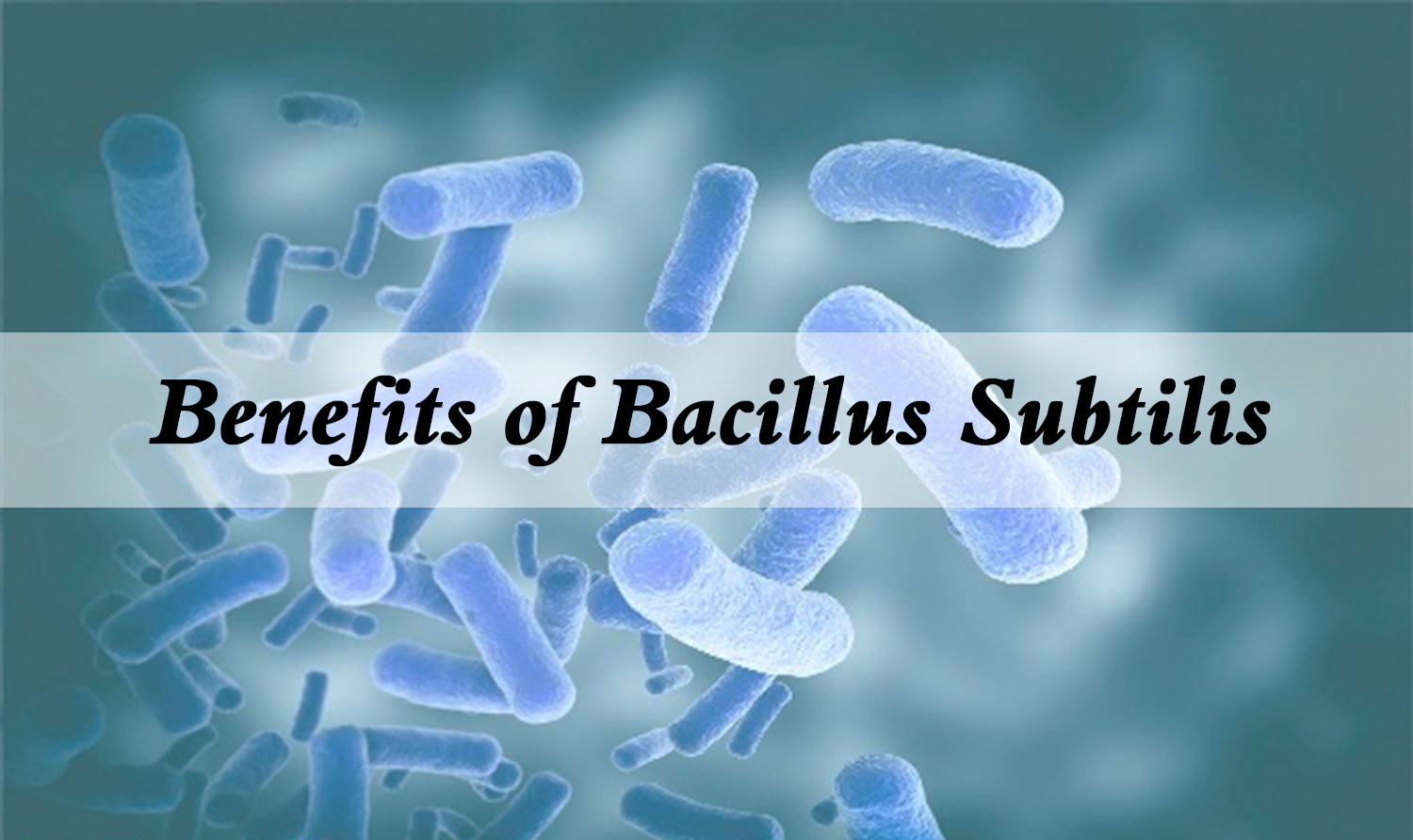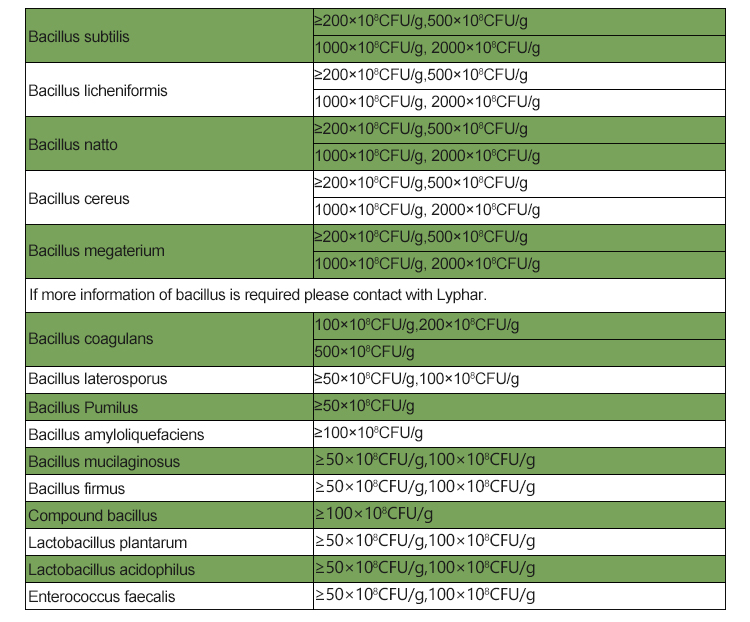Bacillus subtilis is a Gram-positive, spore-forming bacterium widely used in agriculture, medicine, and biotechnology due to its probiotic and antimicrobial properties. Its mechanism of action can be understood in different contexts:
1. Antimicrobial Action
- Bacillus subtilis produces a variety of antibiotic-like compounds, such as bacitracin, surfactin, iturin, and fengycin, which inhibit the growth of pathogenic bacteria and fungi by disrupting their cell membranes and metabolic processes.
- It competes with pathogens for nutrients and space, limiting their ability to proliferate (competitive exclusion).

2. Probiotic Action (Gut Health)
- It enhances gut microbiota by producing enzymes (proteases, amylases, cellulases) that improve digestion and nutrient absorption.
- It stimulates immune system responses by promoting the production of antimicrobial peptides and enhancing gut barrier integrity.
- It inhibits pathogenic bacteria such as Escherichia coli and Salmonella by altering the gut microenvironment.
3. Plant Growth Promotion (Agricultural Use)
- Produces phytohormones like auxins, which stimulate plant growth.
- Enhances nutrient uptake by solubilizing phosphorus and nitrogen.
- Protects plants from pathogens by inducing systemic resistance (ISR) and producing antimicrobial compounds.

4. Spore Formation & Biofilm Production
- Forms endospores, allowing it to survive extreme environmental conditions.
- Produces biofilms, which enhance colonization and protect against harmful microorganisms.
5. Bioremediation & Industrial Use
- Breaks down organic pollutants and degrades toxins in the environment.
- Used in enzyme production for various industrial applications (e.g., detergents, food processing).
Would you like a deeper explanation of any specific aspect?
